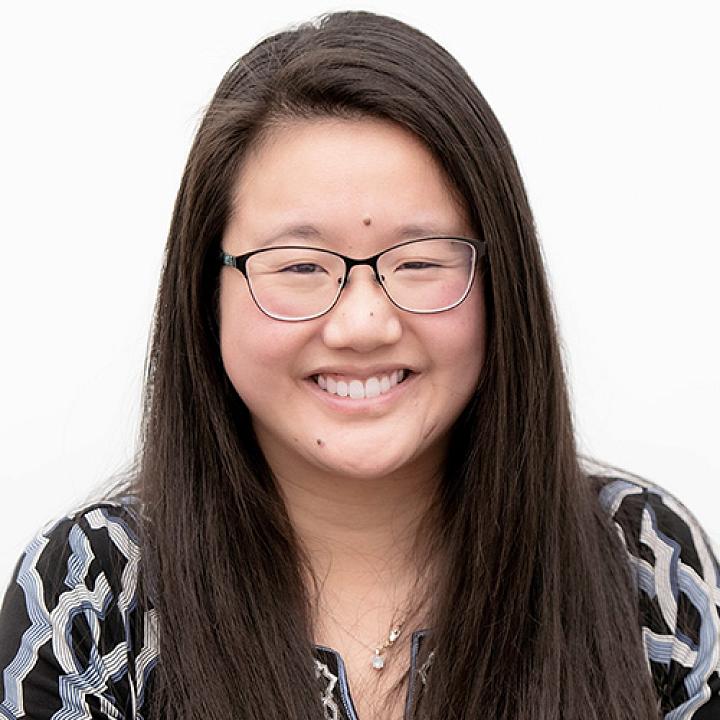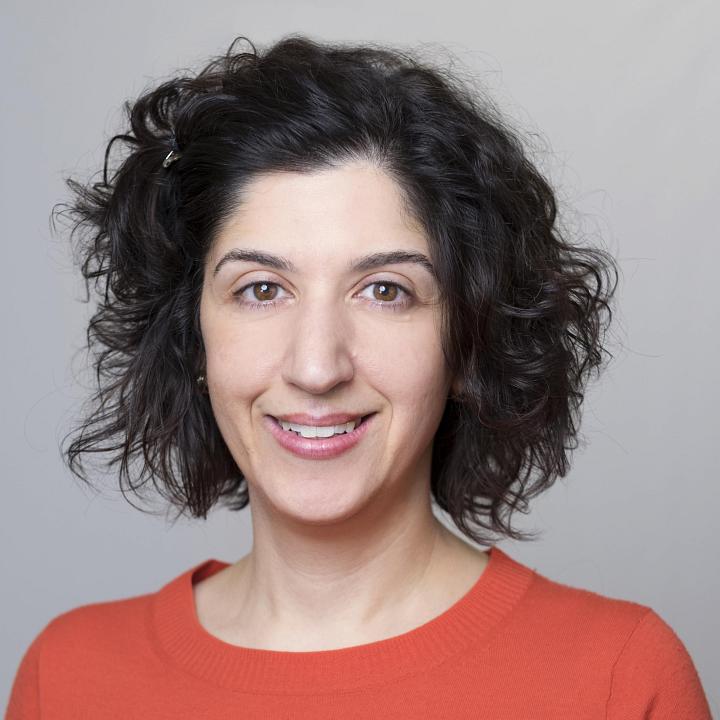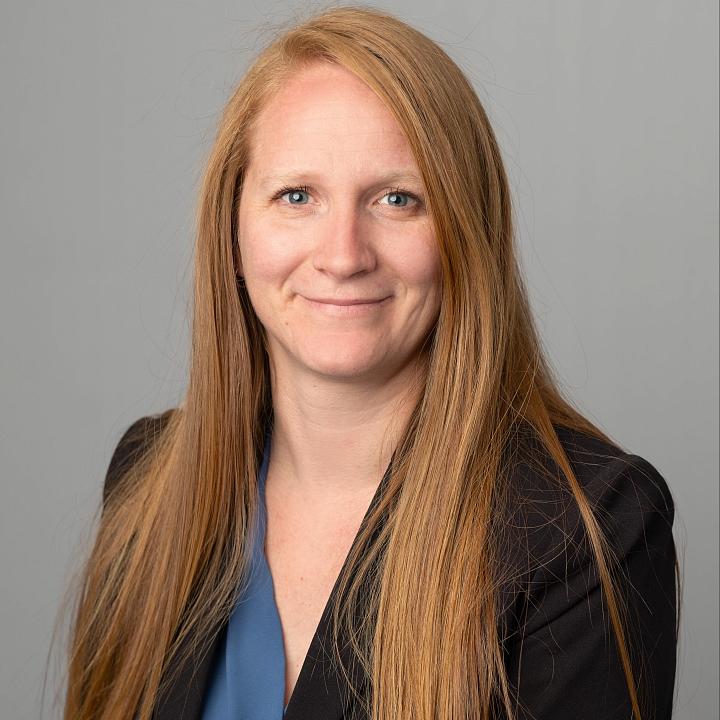
Abdominal Imaging Fellowship
Jump to
The application cycle for the 2026 Abdominal Imaging Fellowship program is now closed. We will be accepting applications for 2027-2028 starting November 2025.
Program Overview and Scope of Training
University of Utah Health offers an exceptional experience in a wide range of abdominal imaging and procedures. As a Trauma 1 Center that includes the Huntsman Cancer Institute at the University of Utah and an award-winning transplant program, we interpret complex trauma and cancer studies on a daily basis. The volume and variety of MRI, as well as procedure experience, has prepared our fellows to successfully join both academic and private practices. Some additional time in specific areas may be arranged, depending upon the fellow's interests.
The fellowship is comprised of multimodality abdominal pelvic imaging with an MR emphasis including hepatobiliary, transplant, prostate, rectal and gynecologic MRI, as well as MR enterography, and dynamic pelvic floor MR. Here are some highlights of the fellowship:
- The body fellows lead an active biopsy service which includes a high volume of US and CT-guided procedures.
- Fellows rotate between an MR/CT reading room, an ultrasound reading room, and a biopsy service on a daily basis.
- Fellows are encouraged to pursue a research project during their fellowship and receive up to one academic day per week to put towards this end.
- During our monthly journal club, the fellows present on a new technique or controversial issue.
- The entire section meets twice a month for Fellows Conference where we review our most interesting and challenging cases, as well as radiologic-pathologic correlation for biopsies performed.
- The abdominal imaging fellows also participate in the gastrointestinal and genitourinary multidisciplinary treatment planning conferences.
Academic Pursuits
Academic time is provided to facilitate preparation for multi-disciplinary conferences, resident conferences, and inter-departmental teaching conferences. Fellows are encouraged but not required to prepare and submit a project to a national meeting.
Elective Time
Fellows are encouraged to pursue electives with other sections within the department. Time available is dependent on the availability of the accepting service. Elective rotations taken by former fellows include neuroradiology, interventional spine, and breast imaging.
Appointment & Benefits
Fellows are typically appointed as Visiting Instructors. Salary, conference and vacation time, and fringe benefits are competitive with other fellowship programs. More detailed information is available when you apply for the fellowship.
Routine clinical responsibilities are on weekdays. In addition, abdominal fellows will rotate taking call with an abdominal imaging faculty member one day on the weekend. Abdominal Imaging fellows have the option of participating in the faculty pool for reimbursed evening attending coverage for general radiology studies (6-10 p.m.). Participating fellows will receive the same additional compensation that our participating attendings receive at an hourly rate competitive with community moonlighting opportunities.
Eligibility
To be eligible for appointment at the University of Utah School of Medicine, candidates must meet Utah state medical licensure requirements and one of the following qualifications:
- Be a graduate of a US or Canadian medical school accredited by the Liaison Committee on Medical Education (LCME) OR
- Be a graduate of a college of osteopathic medicine in the United States accredited by the American Osteopathic Association Commission on Osteopathic College Accreditation (AOACOCA) OR
- Be a graduate of a medical school outside of the United States who currently holds a valid certificate from the Educational Commission for Foreign Medical Graduates (ECFMG) prior to appointment.
Our selection committee places significant emphasis on key factors when reviewing applications, including USMLE results—such as passing Step 1 on the first attempt and a Step 2 score of 250 or higher—along with research experience, volunteer work, leadership qualities, potential for an academic career, exceptional letters of recommendation, formative life experiences, and personal characteristics that demonstrate determination, a growth mindset, maturity, strong communication skills, and adaptability.
While we believe these characteristics make for an excellent fellowship candidate, none of these criteria are requirements. We believe in reviewing applications holistically as applicants may excel in some particular areas.
International Medical Graduates
Currently, due to regulations surrounding non-accredited ACGME fellowship programs, we are unable to accommodate J-1 visa applicants.
For candidates interested in completing the ABR Alternate Pathway Program, please visit our Alternate Pathway page for more information.
Application Overview & Timeline
We have pledged to follow the fellowship embargo program proposed by the Society of Chairs of Academic Radiology Departments (SCARD). We are committed to a fair fellowship application process that allows residents the time to make an informed decision about their sub-specialty training. The preferred application deadline for our program is November 3rd. Applications submitted after this date may be considered, but interview invitations will be subject to availability. Our interviews are virtual, typically held in January.
Summary of Important Dates
- November 1 – First day to accept applications
- November 1 – Open house webinars can begin
- January 13 – Earliest date for hosting interviews
- January 27 – First day offers can be made, candidates can accept offers 12 PM EST
- applicants have until 12 PM EST on January 29th to accept or decline any offer made prior to January 29th. For offers extended on or after January 29th, applicants have a one-day grace period to accept or decline.
- March 31 – Last date for hosting interviews
After the SCARD dates have passed, we will continue to accept applications on a rolling basis, provided that positions remain available.
Sample Interview Day Schedule
| 7:30 | Program Director Welcome |
| 8:00-10:30 | Faculty Interviews |
| 10:30-11:30 | Fellow Social |
| 11:30 | Interview Day Conclusion |
How to Apply
Abdominal Imaging Application Form
Submit Letters of Recommendation here
Your application should include:
- Curriculum Vitae
- One-page personal statement
- USMLE scores for steps 1, 2 and 3. COMLEX scores may be substituted for USMLE
- Dean’s Letter (MSPE)
- Medical School Transcripts
- Personal photograph
- Three letters of recommendation, one of which must be from your current program director
Optional documents
- Medical School diploma
- Additional personal statement about why you want to train in Utah
International medical graduates must also include the following:
- Valid ECFMG certificate with Clinical Skills Assessment certification
- Evidence of previous training in the United States (if applicable)
Testimonials from Former Fellows
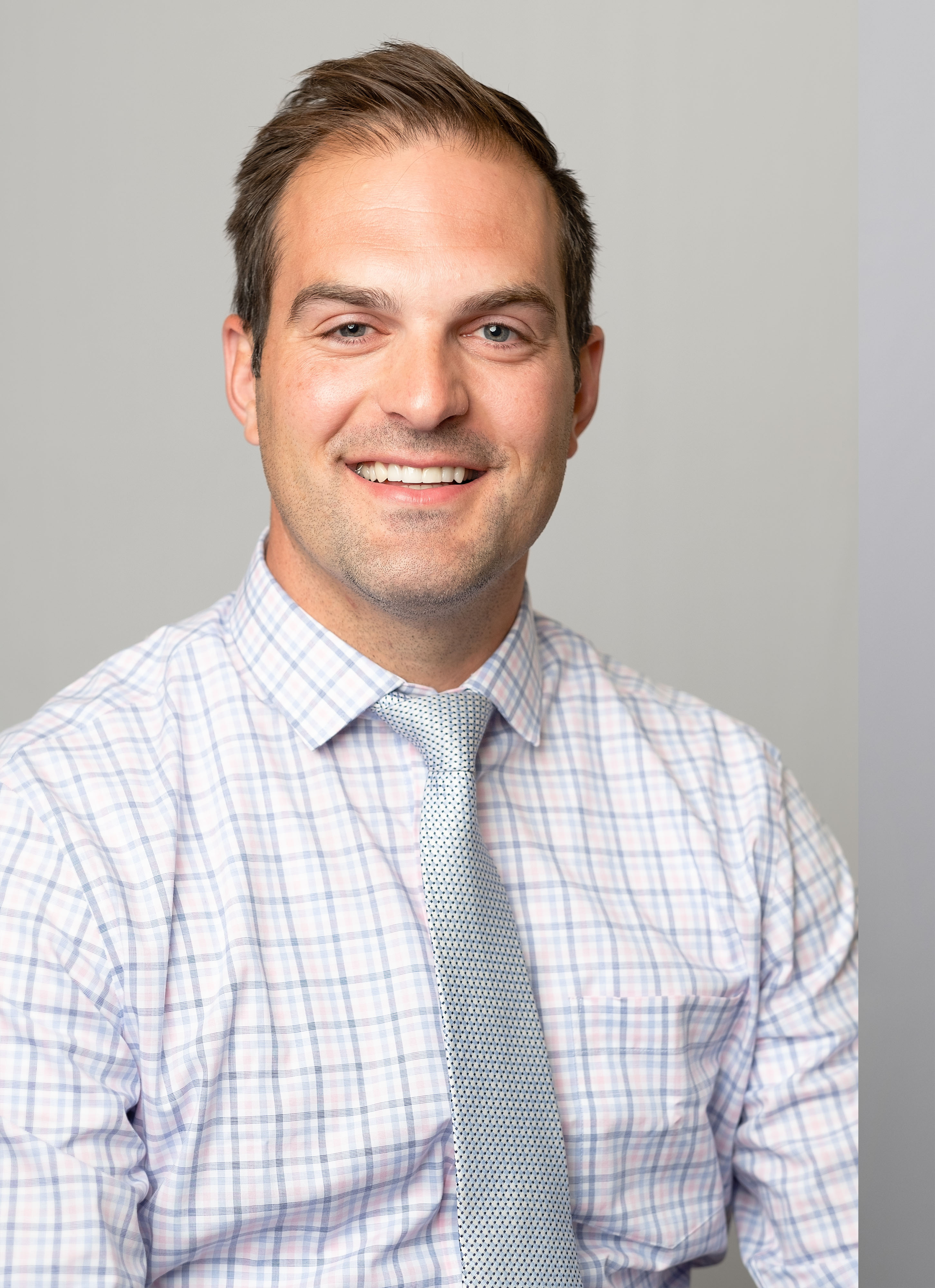
"Fellowship was fantastic! I’m constantly recalling pathology that I learned in fellowship and using that knowledge in my current practice. I loved the camaraderie and amicable environment and wish I had more of that in my current position. I’ve maintained contact with you and others from fellowship which is invaluable."
-Blair Willis, MD
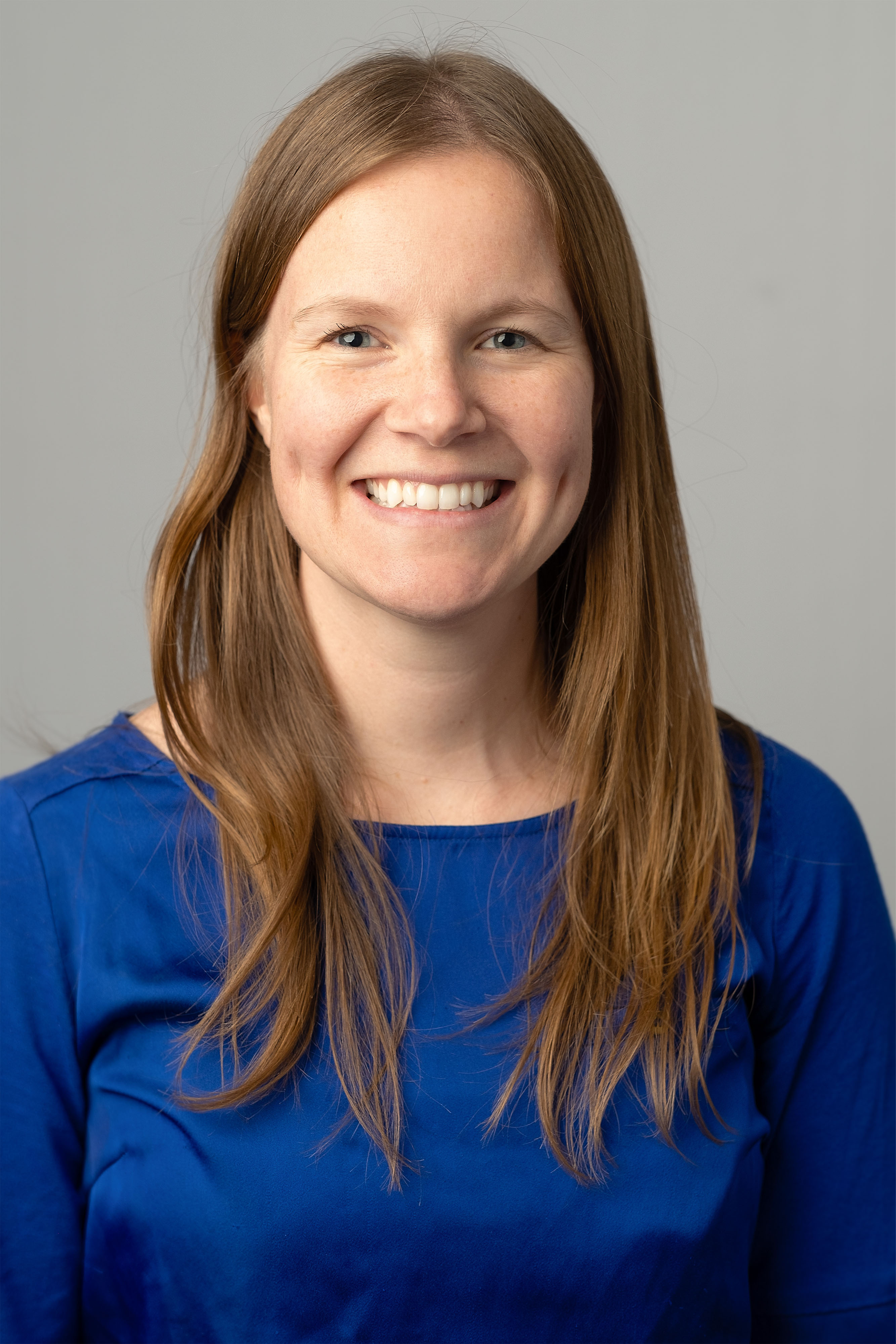
"I loved my abdominal imaging fellowship. I think it is great that we had first priority on reading all abdominal MRIs. This really allows you to have a subspecialty fellowship training. There is a lot of expertise I gained in body MRI knowledge that I can bring to my practice. I also think we gain lots of experience in CT and US-guided procedures. Getting an excellent volume of these high-level procedures helped solidify these skills. And finally, the abdominal imaging faculty are my favorite radiologists to work with. They are a group of people who genuinely like their jobs as well as teaching students, residents, and fellows. It made for a welcoming work environment and a pleasant place to spend my days."
-Laura Linstroth, MD
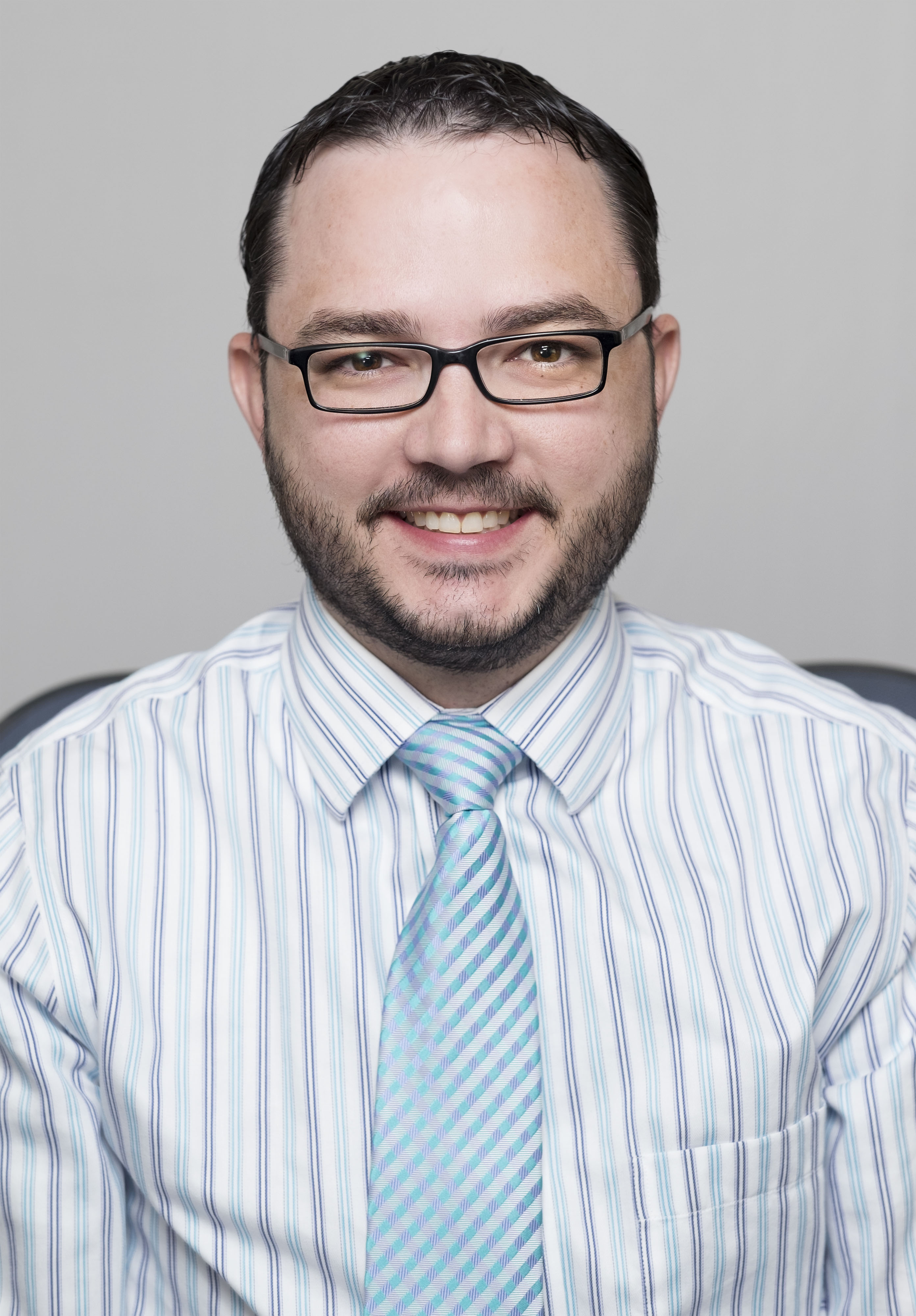
"The abdominal imaging fellowship at the University of Utah is great. During my fellowship I solidified many of the principles I learned during residency and many new ways to approach the different imaging modalities and diagnoses. All of the attendings at Utah were supportive of me in my educational pursuits even knowing that I would be doing an MSK fellowship and that MSK was my preferred career subspecialty, which I greatly appreciated as I am a better MSK radiologist because I did the abdominal imaging fellowship. As a fellow I read plenty of MRs and CTs and felt more than prepared to read MR of the abdomen and pelvis on my own. It truly was a great year and am grateful for the opportunity I had to be an abdominal imaging fellow at the University of Utah."
-Richard Leake, MD
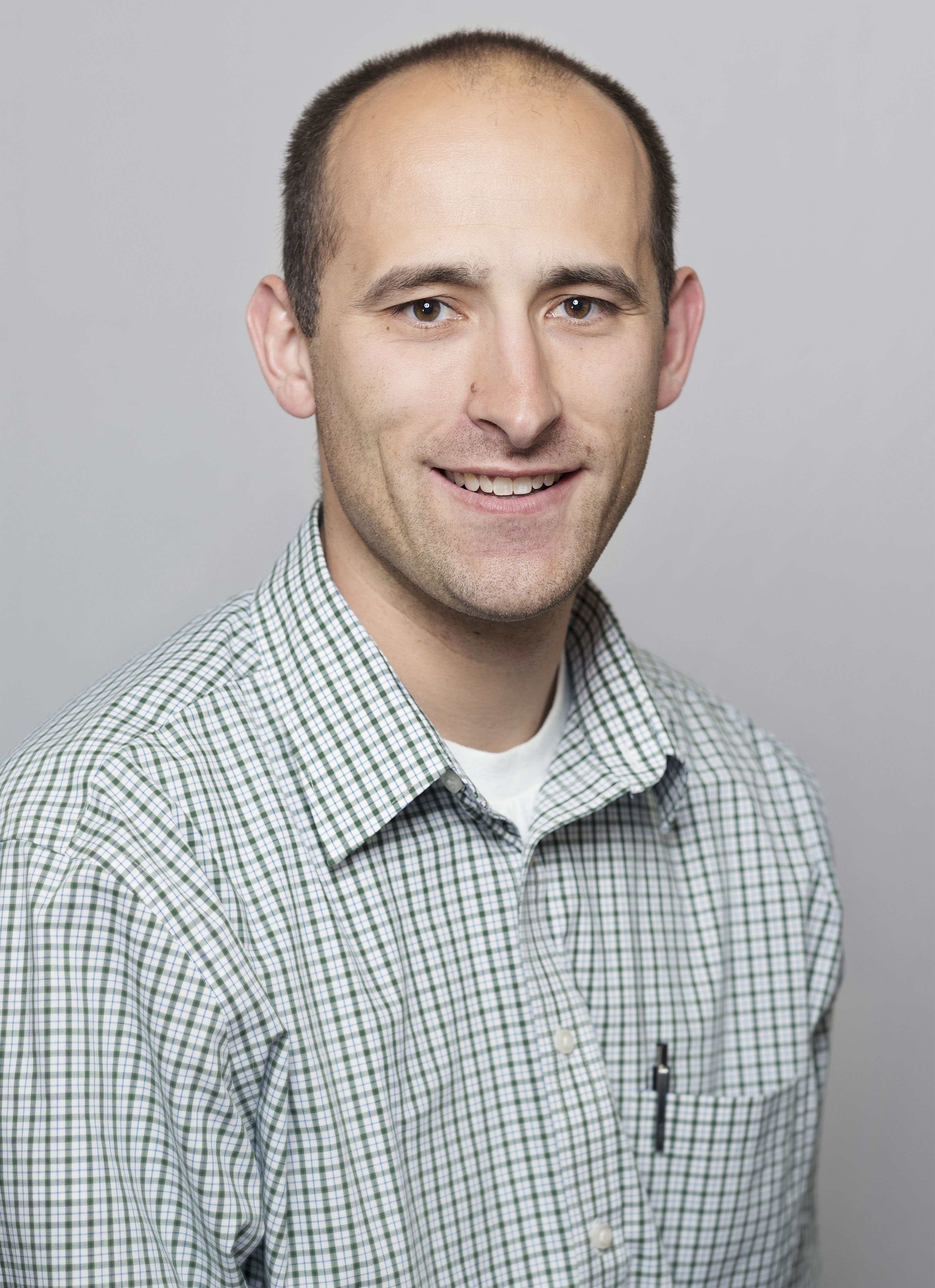
"I have nothing but praise for my fellowship year. I think it prepared me well for private practice. The breadth of pathology that we see at the U of U in the abdominal section and the knowledge of the faculty in my opinion was as good as it gets. … The major strengths are the complexity and variety of abdominal/pelvic MRI cases, the ultrasound experience, the procedures, and teaching from the faculty. I felt like the teaching from you and the other attendings was outstanding. I miss the fellow conferences and still wish I could attend. The learning environment was great as well. I always felt like an important part of the team and we were always included in seeing the interesting cases. Also, making the fellows do the MRI protocols was valuable. I get protocol questions all the time in my practice.
I would do the U of U abdominal fellowship again in a heartbeat and was ready to hit the ground running when I started my private practice job. I miss all of you and really appreciate all that you and the rest of the abdominal section did for me."
-RJ Willmore, MD
Why Utah?
From sheer beauty to being the right size to the global influence of our health system, Utah has way more to offer than people know.
Living in Utah
From restaurants and museums to sports and outdoor events, check out our definitive guide to living in Utah!
Verifications
We use the standardized “Verification of Graduate Medical Education Training” (VGMET) form released in 2018 by the ACGME, AHA, NAMSS, and OPDA. If you have a customized form, require program director signature and/or our institutional seal please select the appropriate option and email us the form.
A charge of $25.00 - $55.00 will be assessed for each comprehensive letter of verification, payable via credit card using our on-line payment portal (or by check, if submitting the request by US mail). This charge is in place to offset the fees we commonly incur while credentialing our own incoming residents and fellows. We apologize for the inconvenience.
Once the request has been submitted via the link below, please e-mail a completed Authorization for Release of Information form to RadiologyResidency@utah.edu.
When we have received the payment and trainee authorization, you will receive the completed verification of training form via e-mail. If you have further questions, please call 801-581-2868.
The University of Utah School of Medicine does not discriminate on the basis of gender, sexual orientation, race, age, religion, color, national origin, disability, or veteran’s status. In accordance with the requirements of The Americans with Disabilities Act (ADA) and Section 504 of the Rehabilitation Act of 1973, as amended, (Section 504), the University of Utah provides reasonable accommodations to qualified individuals with disabilities, so that they may fully participate in its academic programs, employment opportunities, medical services, programs, and events.


